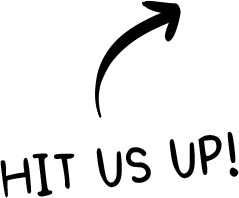Are you debating whether your brand should be on Pinterest? Well, debate no longer … the answer is yes, and here’s why.
1. Tell your story: Pinterest allows brands to share with their audience the whole package. Brands are not just brands; they are personalities. If you are a business owner reading this, ask yourself: What would your brand look like and act like if you met it in person? It is your company culture, personified. So, in terms of Pinterest, here is how you can use it:
- First, you need to create a Pinterest board. (If you already have one, good job! You aren’t falling behind.)
- Second, create board categories that revolve around your brand interests. For example, if your brand is associated with the natural food channel, some board categories would be vegetarian recipes, gluten-free recipes, fitness or even cool nature photos – anything that revolves around your brand and your customer.
- Last, pin relevant content! Always think, “Is this something associated with my brand or my brand’s interests?” Brands are now people, too!
2. Sell without selling: Pinterest gives brands the opportunity to share eye-catching photos that engage the consumer around the brand.
For example: You want to make something for dinner, but can’t decide what you want, so you turn to Pinterest for help. You look around the Food & Drink section until you find something that looks appetizing. You then click on the image and are redirected to the original website from where it came. From there, you write down the ingredients you need and then go to your local grocery store, buy the products and then are ready to cook! What this means is that Pinterest allows brands to engage the consumers through eye-catching content, enticing them to click through to your designated landing page – driving conversions/sales without having to pay!
3. Reach a larger audience: No one has just one interest. I, for example, am interested in dance, surfing, advertising, adventuring, cooking (although I can’t), and pretty much anything that can hold my attention for longer than a minute. Pinterest allows you to tap into the psychographics of your consumer by engaging with them on their personal interest level and also reaching those who aren’t necessarily searching for a specific brand, but share similar interests to your product.
So imagine: Your brand is at a networking event. You scope out potential targets where you would fit and immediately connect with that targeted demo. BUT, you start mingling with others to be polite and position yourself in front of more people. As you are making small talk, you realize you have a lot in common with those people you never thought in a million years you would have a valuable connection with.
That is exactly what Pinterest can do for your brand. With 33 categories to choose from, you can reach the outliers that help diversify your targeted demographics and gain loyalty in areas you never would have thought possible. Just be careful not to include categories not relevant to your brand or your target – it’s just a waste of space!
4. Go viral: If you’re not convinced yet, this section might do the trick. Pinterest reaches an exponential amount of users without much work. The average pin reaches approximately 170 people organically and increases by the same number per repin.
This means: With two repins, you’re reaching an audience of 510 people for just ONE pin. Now imagine that number with 7,000 pins. That is 170 people per every pin plus the number of repins times 170. You don’t have to do the math to know that is a really big number … and actually a highly underestimated number, because it doesn’t calculate the audience reach of a highly influential pinner.
I haven’t even gotten started on what you can do with the Community Boards. Feel free to comment below or contact me with questions regarding Community Boards and this section.
5. Driving referral traffic back to website: You’ve read the potential audience reach. Now, lastly, imagine driving all that traffic to your website/Facebook or designated landing page! Pinterest allows you to hyperlink any URL to your pins. This means when users click through on an enticing pin, they are redirected to wherever you want them to go.
Do you have recipes you want to share? Events going on? Contests? Showcase it on Pinterest with a really cool photo and then hyperlink it to the designated landing page, such as Facebook.
Case study: For a niche brand in the natural food category, we are driving 20% of all website referral traffic through the use of Pinterest. This number was three times higher than Facebook despite Facebook having 50 times the number of fans.
Have any questions or would you like to chat about Pinterest? Feel free to leave a comment below.



